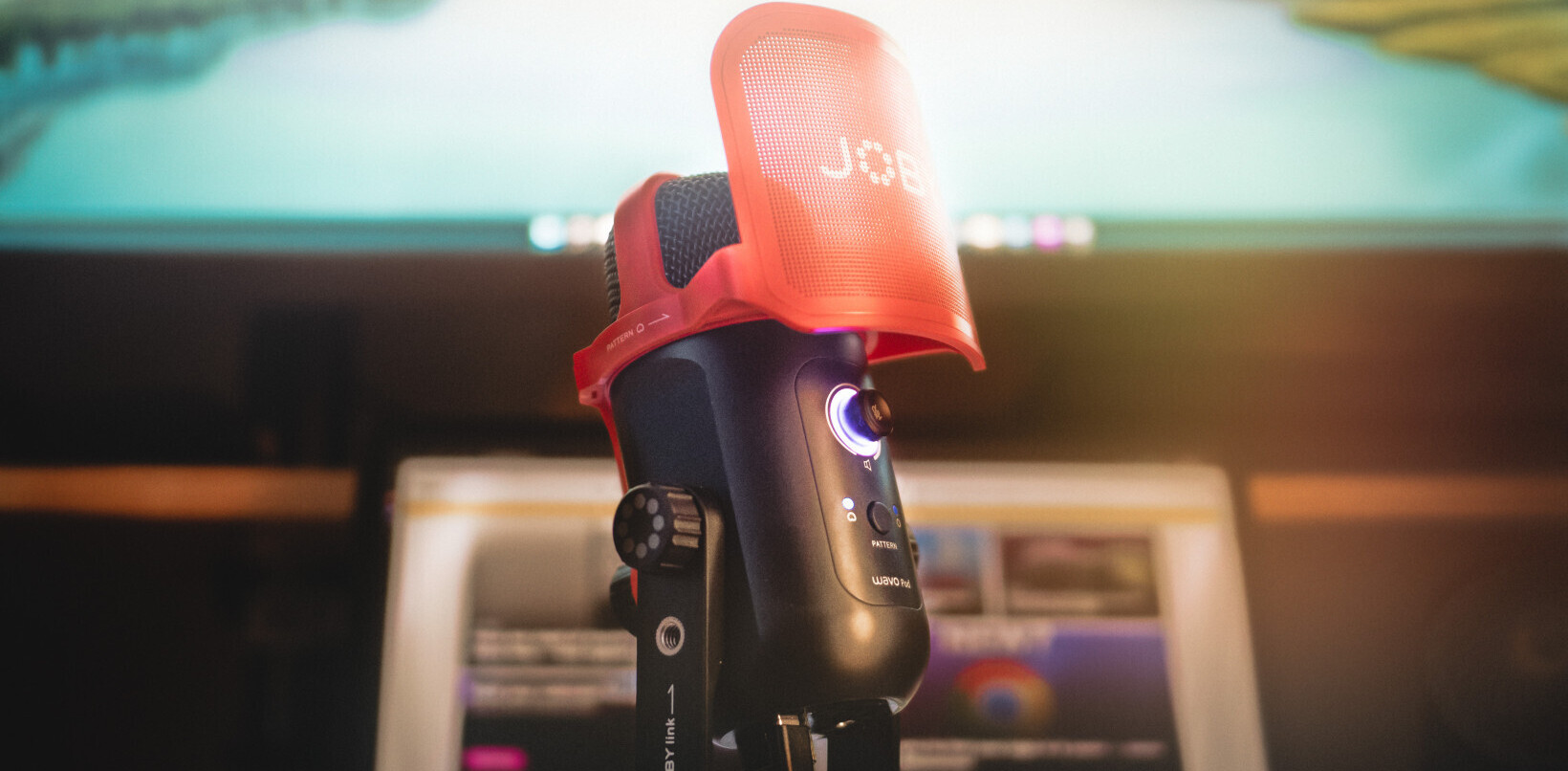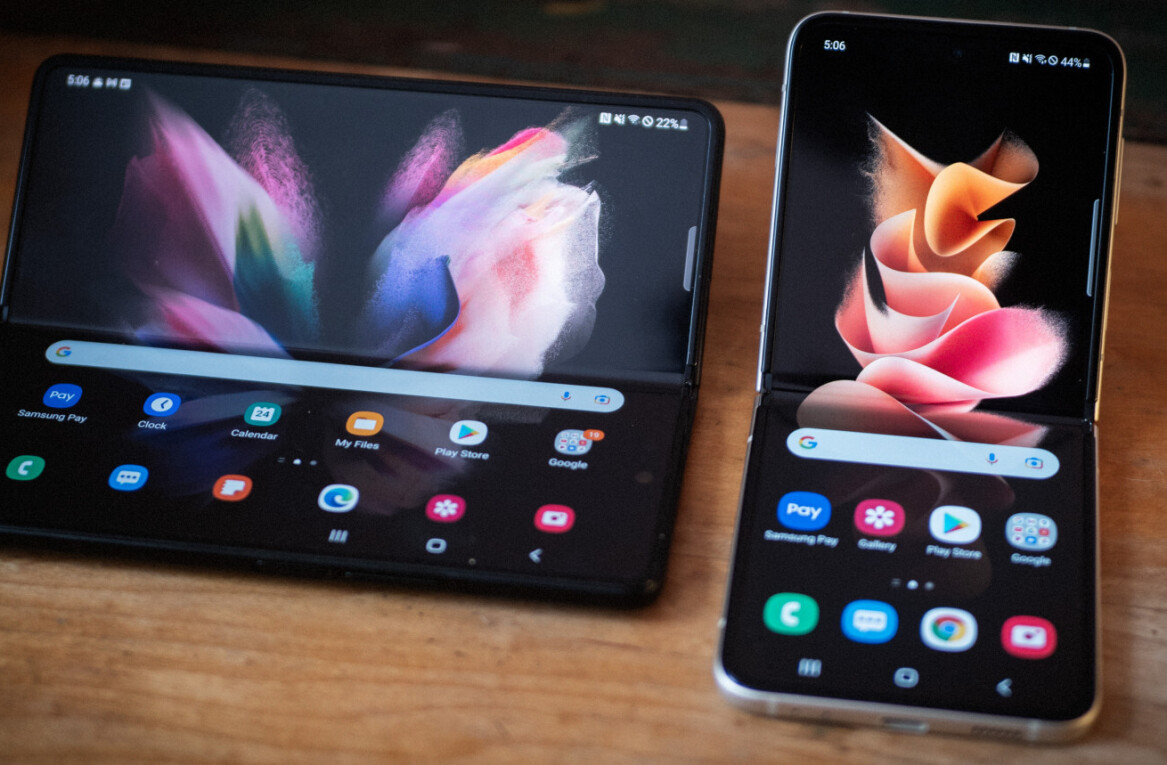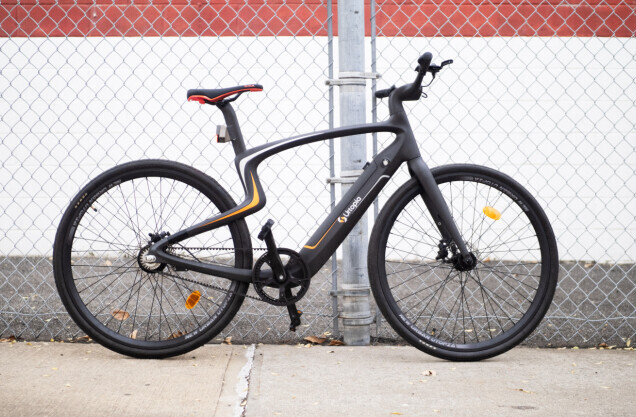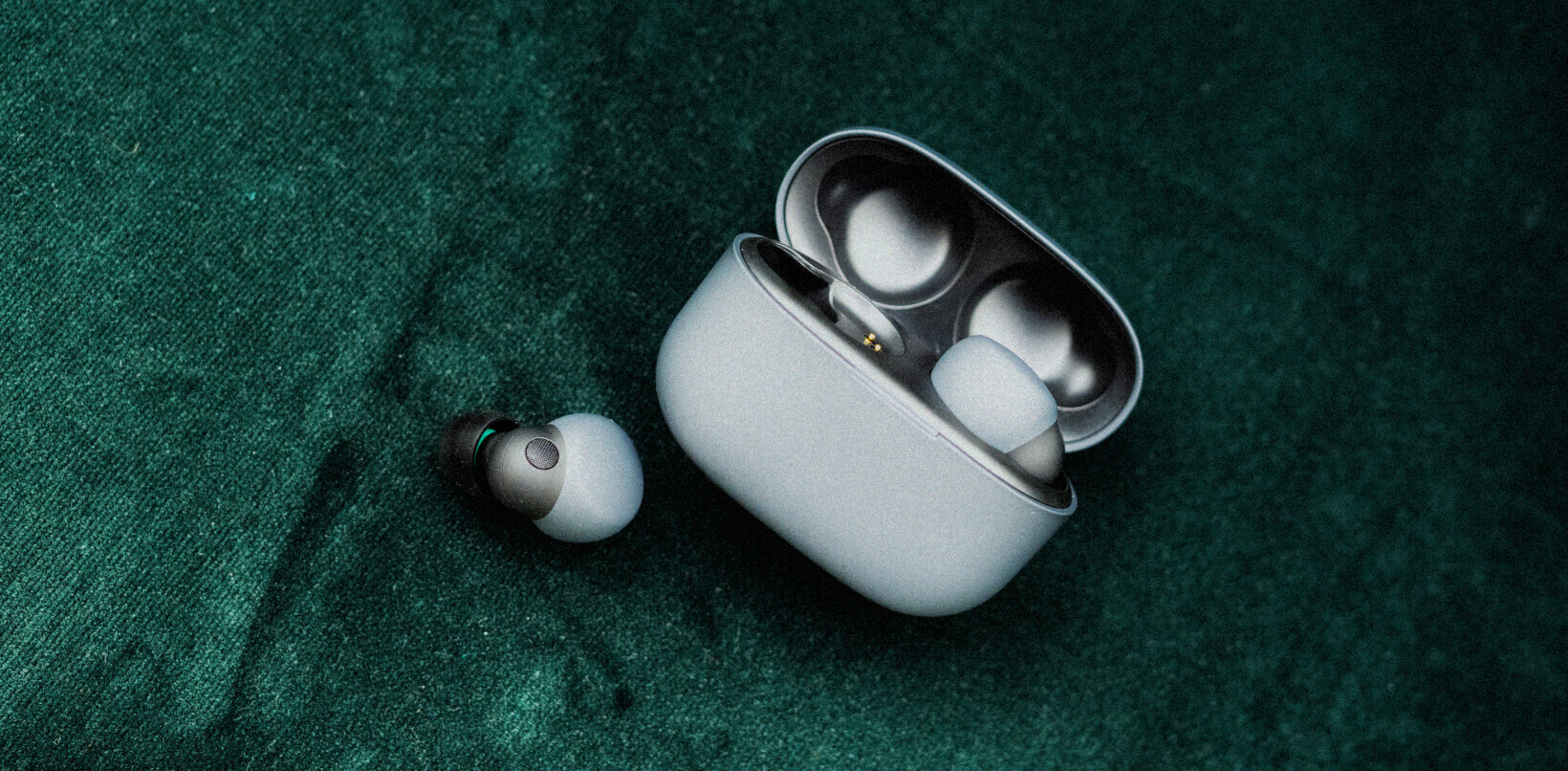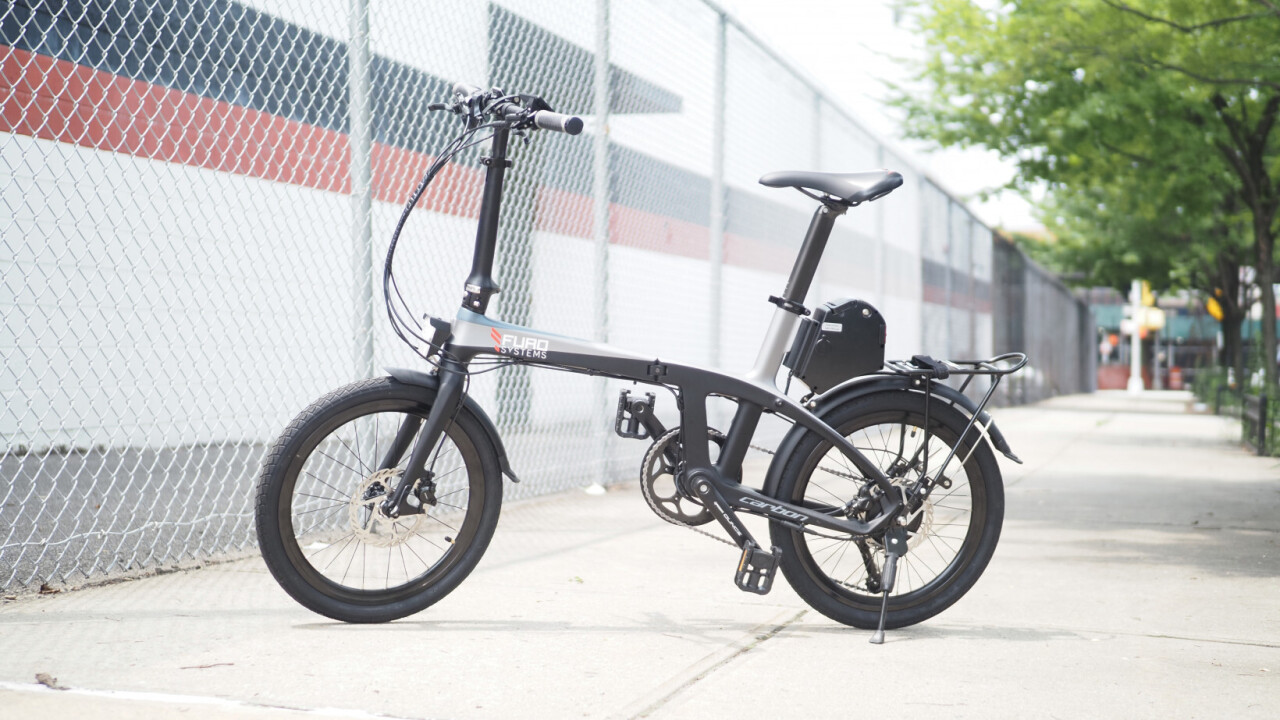
Ebikes are inevitably heavier than their analog counterparts thanks to the addition of a motor and battery, so getting them to approximate the weight of typical ‘analog’ counterparts isn’t going to happen unless you make some unique changes to the frame. And nothing is more associated with reduced weight in the cycling world than good old carbon fiber.
That’s the approach FuroSystems’ Furo X takes as one of relatively few carbon fiber folding ebikes on the market. The ebike manages to weigh just 34 pounds fully loaded with battery, fenders, and a rack, which is positively featherweight by ebike standards. The only ebike I’ve tested that’s significantly lighter are the new LeMonds, and while I’ve tested a few other featherweight ebikes, it’s rare to find something under 40 lbs in the folding category.

That does come at a price though: the Furo X costs $2,299, or $2,599 for the larger battery variant I tested. There are also a few flaws that prevent it from being an unqualified recommendation. Still, for those looking for a compact and very ‘live-with-able’ ebike, the Furo X is worth a closer look.
Featherweight carbon
What do I mean by ‘live-with-able,’ you ask? It’s about the subtler things you don’t see on a spec sheet. Is the bike going to be easy to carry into a subway? Is there an easy way to lock up the bike? Is the assistance smooth or jerky? The Furo performs well at most of these.
For the most part, the Furo X feels well thought out. The carbon fiber frame means it’s easy to carry up a set of stairs, and the folding mechanism obviously opens up a lot of storage possibilities — as well as the ability to call a cab if you get a flat.
Here are the specs you’re getting for your hard-earned money:
- Bafang 250W rear hub motor (500W peak).
- 25 km/h (15.5 mph) speed limit, adjustable up to 40 km/h (25 mph) in the settings.
- 15kg/33lbs weight (tested at 34 lbs with the larger battery).
- 314/378 Wh battery options with Samsung cells.
- Shimano Sora 9-seed derailleur.
- A USB port on the battery.
- Shimano Hydraulic disk brakes.
- An adjustable stem to support riders from 5′ 2″ to 6′ 2″.
- Turn signals
As of posting this article (and for the past several months), Furo has included the fenders, rear rack, kickstand, and front and rear lights with the bike, although these accessories are listed as a ‘limited offer.’
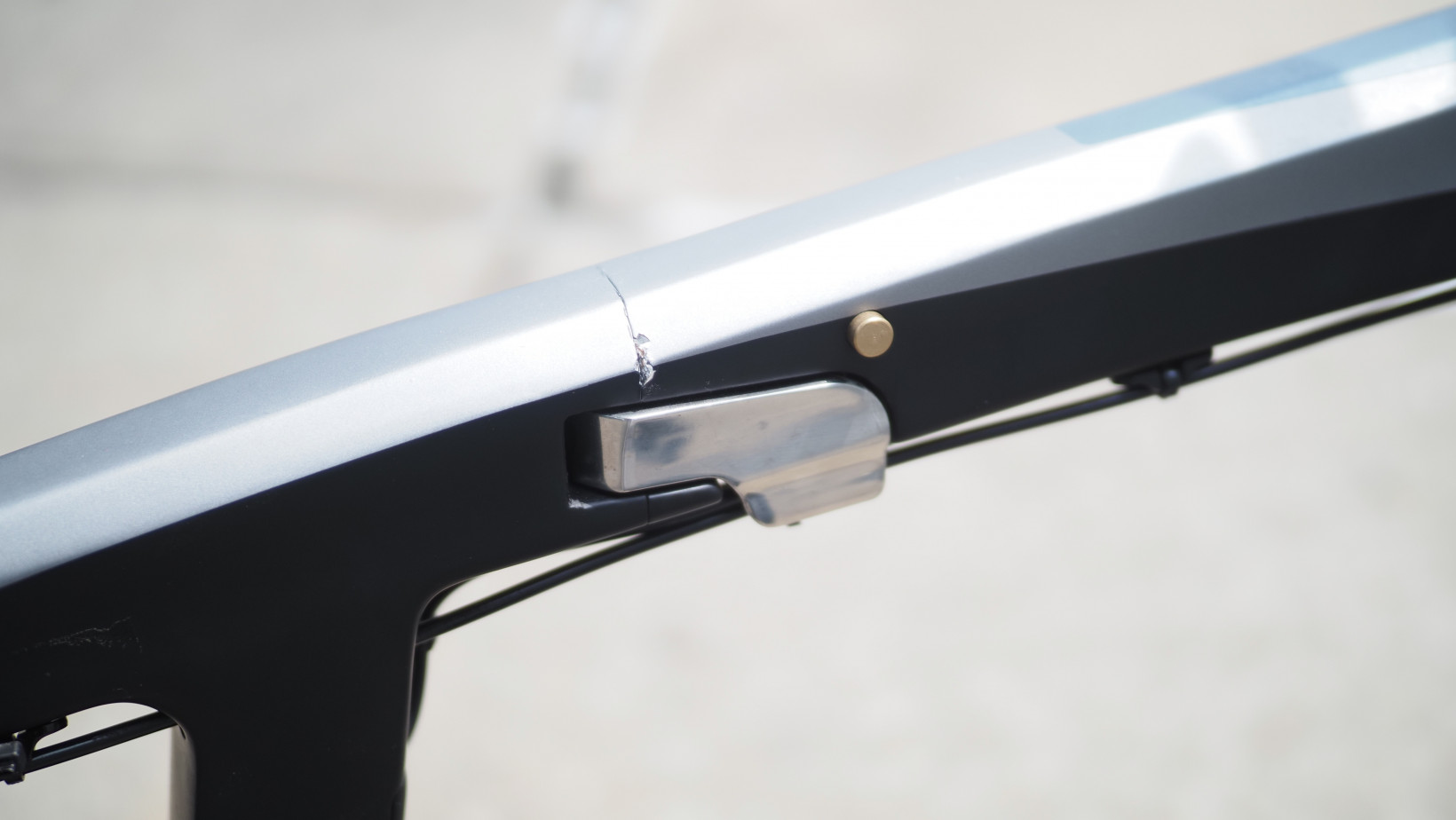
A clever, quirky design
The bike has a few unique design quirks. For one, the removable battery is mounted on the exterior, behind the seatpost (there’s a neat little carrying handle). For another, the seatpost has a bit of a teardrop shape, which helps prevent the saddle from falling out of alignment (but means you can’t swap it with a suspension seatpost).
I dig the design, although I’d prefer more minimalist branding from Furo. Having ‘CARBON’ written in bold letters is quite unnecessary.
My impressions of the ride quality were positive. For one, the bike seemed to absorb bumps significantly better than I’m used to from folding bikes. Maybe it’s placebo, but I thought the carbon fiber frame was more forgiving of road imperfections and absorbed vibrations a little better than any folding bike I’ve tested without suspension.
The touchpoints are also solid, with a comfortable Selle Royale saddle (this is, of course, subjective), and grips with nice wrist support. The folding pedals are pretty much the same as you’d find on 90% of folding bikes — it would be nice to see larger, metal folding pedals for once — but they get the job done. The Shimano Sora derailleur is also a step up from the typical Tourney or Altus you’ll find on most ebikes, with reliable shifting.
You can also really see just how much the carbon fiber contributes to the low weight; when you pick up the bike, the weight is extremely biased towards the rear, while the front feels super light. It would be really easy to do a wheelie if I could do a wheelie.
Electrified ride
The Bafang motor offers a good amount of power– torquey-er than you might expect for only 250W. I tend to gravitate towards ebikes that don’t have absurd amounts of power. The Furo X gets me up hills and helps me get started from a red light, and that’s all I personally really care about — I’m no speed demon. That said, although the speed limit is adjustable to the display’s settings, the motor isn’t going to offer much juice beyond 29 km/h (18 mph) or so.
It’s just a shame that a bike at this price point only offers a basic 12-magnet cadence sensor instead of a torque sensor. A cadence sensor only measures if and how fast you are pedaling, while a torque sensor measures how hard you are pedaling. The latter almost always feels more responsive, intuitive, and natural than a cadence sensor.
To be fair, the Furo X has one of the smoother cadence-based systems I’ve tried, but again, this is a $2,000+ bike we’re talking about. Though not everyone will notice the difference, the Furo X is the only ebike I’ve written about in this price range without a torque sensor.

My other big pet peeve: the lights on the Furo X are awful. Honestly, the worst I’ve seen out of a dozen or so ebikes tested recently.
It’s bad enough that the lights are not wired directly into the main battery, but that would’ve been okay if Furo had given you something better than average. Instead, the front light can only really illuminate a pitch-black road, and an optional flashing pattern can just barely help you be seen in the daylight. But the tail light which sits in the battery pack (and yet somehow requires charging via micro USB) is just sad.
The big chunk of red plastic would make you think that you’d get a nice bright light, but instead you get a measly single LED at the center. This tail light does feature turn signals which you operate via a remote (another thing to charge), and these light up slightly more noticeably, but the light is only really useful for visibility if you keep it in hazard mode (press left and right) permanently for visibility.
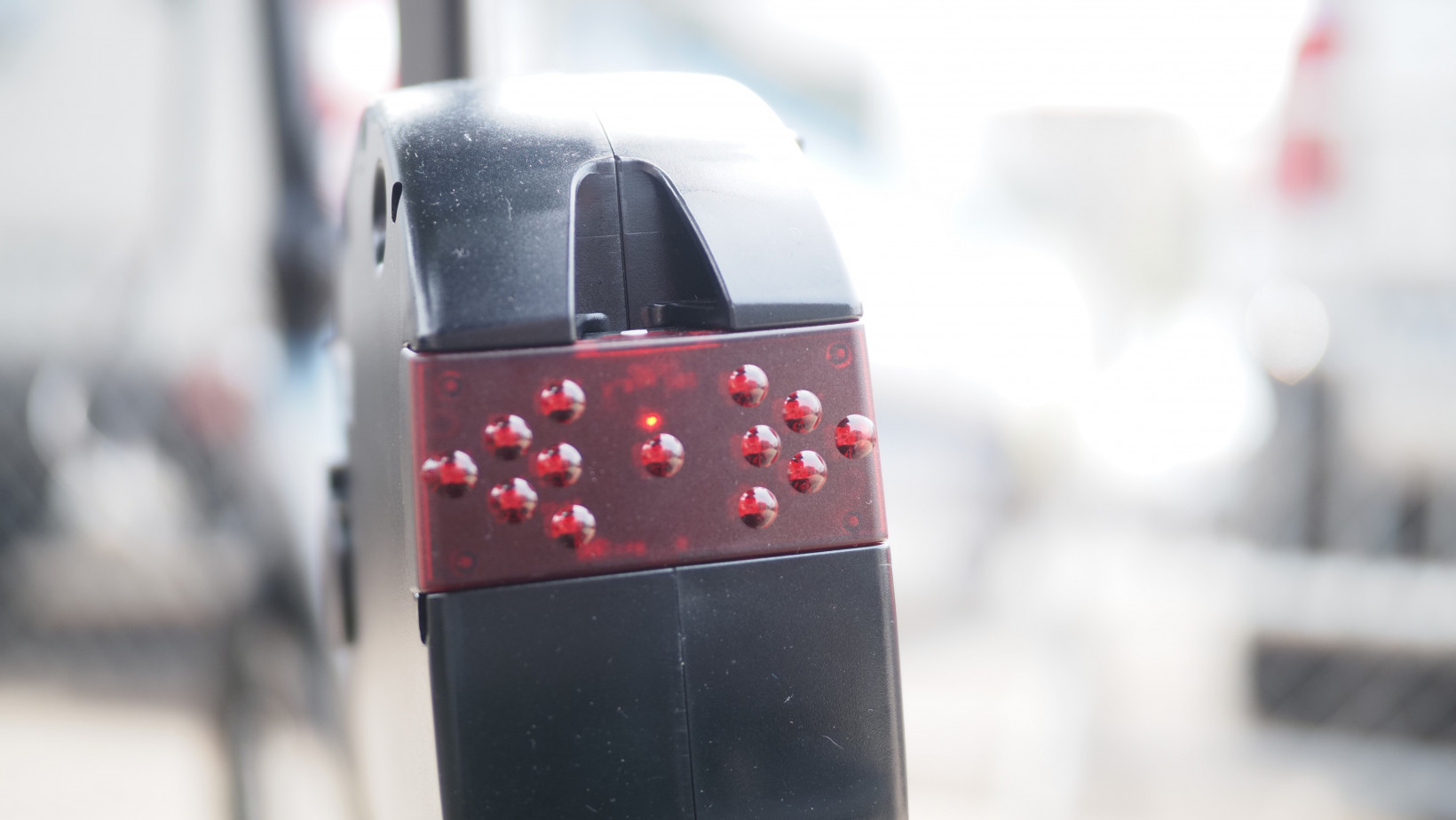
On a more positive note, range is surprisingly solid for just a 378 Wh battery. Although I didn’t get to fully drain the battery, I was able to travel about 12 miles in assist levels 4-5 while depleting roughly 40% of the battery. Considering I’m a heavier rider, that’s a good amount of range, no doubt aided by relatively low maximum speed. Furo’s claim of 60 kilometers (40 miles) for the larger battery pack seems realistic for the average rider.
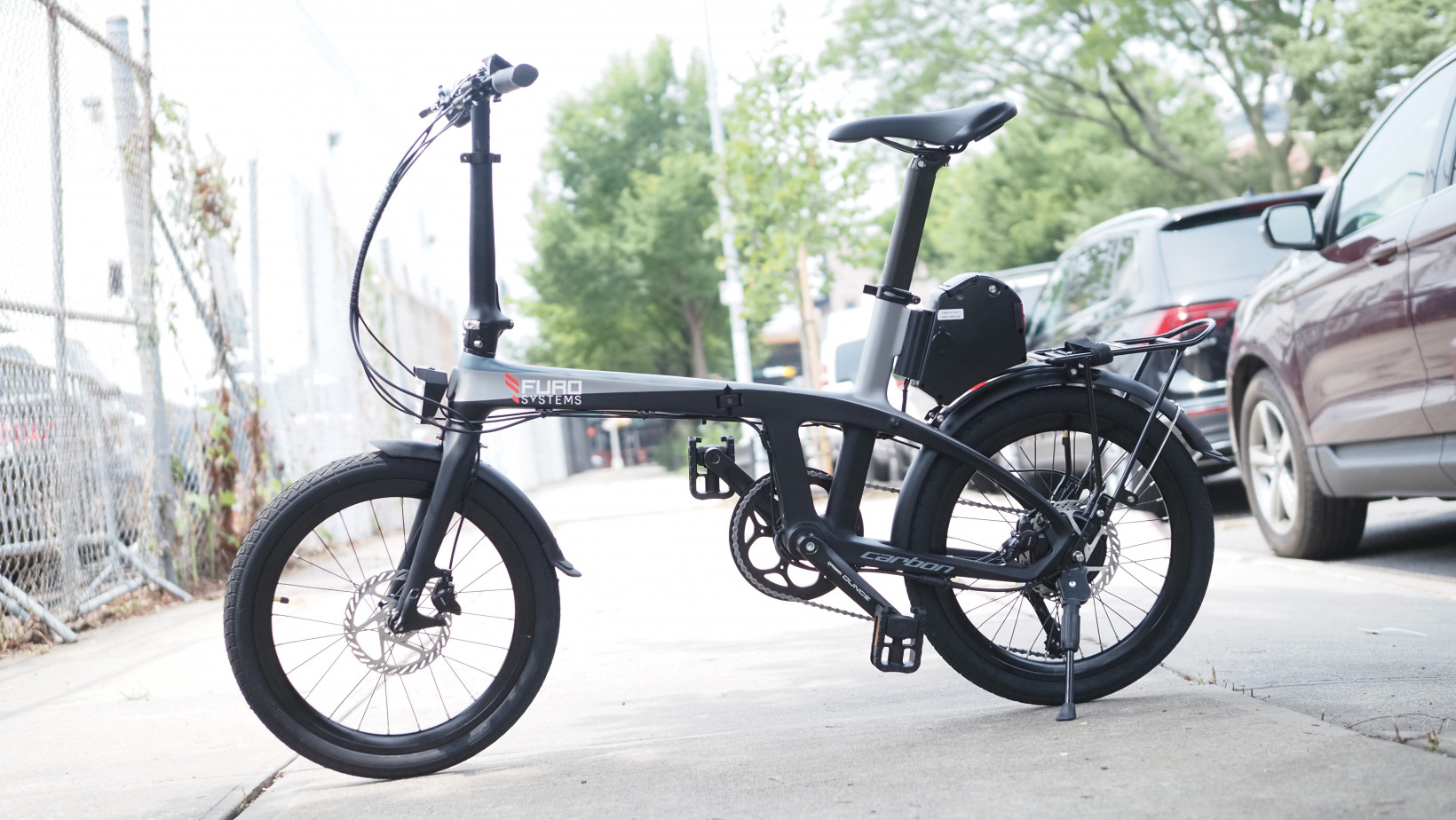
The Furo X isn’t perfect, but it offers good ride quality and is one of very few folding bikes in this weight class. If you want to spend less money and don’t mind some extra heft, there are plenty of great affordable ebikes out there, but as a lightweight, fully equipped folding ebike, the Furo X is worth a look. Just get yourself some new lights.
Get the TNW newsletter
Get the most important tech news in your inbox each week.

